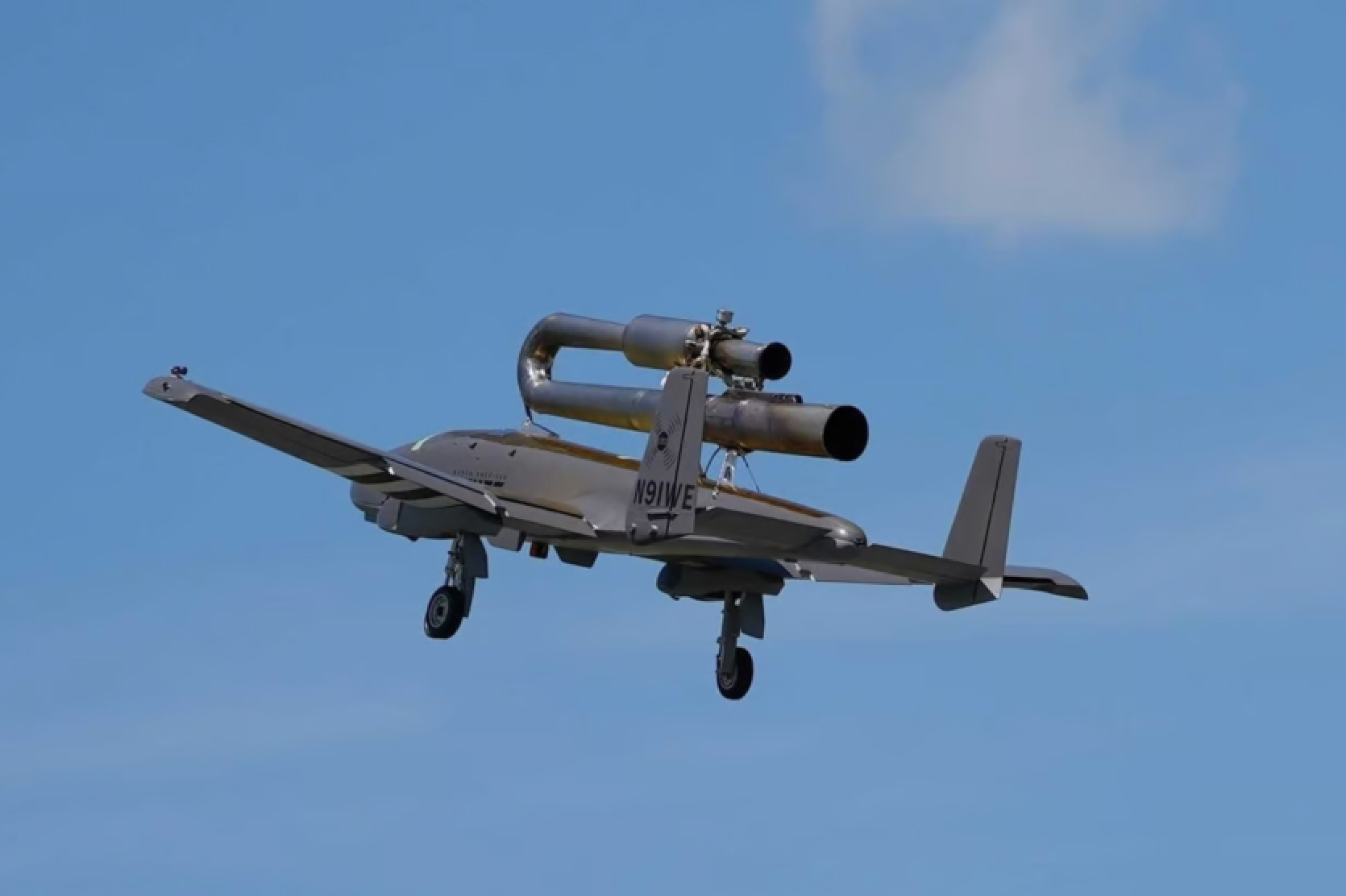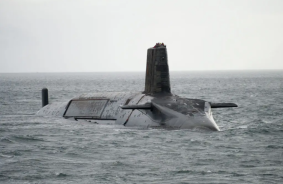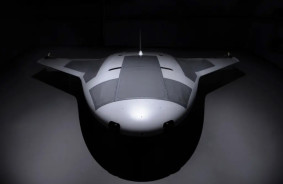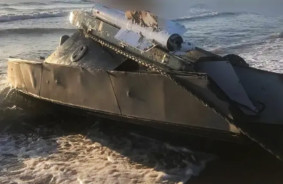0 0 2 0
The Wave Engine Corporation, founded by the University of Maryland, has developed a modern pulse-jet engine with digital control for drones and has sent the first batch to customers. The engine design does not have moving parts.
The company presented the first prototype in March, and now Wave Engine has announced commercial deliveries. A rather noisy device that "breathes" fire will soon be installed on real drones.
The delivery of the first J-1 engines is intended for "an aerospace prime contractor that has a contract with the U.S. government." The company says it has other customers working on integrating J-1 into their drones.
Resembling an elongated trombone, the engine is perfectly suited for the fuselage of UAVs. It is designed for high-speed aerial drones with a total weight of up to 90 kg. The engine itself weighs 8.2 kg and has dimensions of 14 x 32 x 163 cm. It can operate on various fuels, including gasoline, bioethanol, or kerosene-based reactive fuel, generating up to 245 N of thrust.
Unlike rotating engines, the pulse-jet engine eliminates the need for moving parts. It relies on pressure caused by combustion, which pushes out hot gases and creates thrust. Combustion occurs intermittently, igniting fuel and air in the chamber, increasing temperature and pressure to expel hot gases from both ends of the pipe and create thrust. The process leads to a partial vacuum, causing the pipe to draw in fresh air, starting the process again.
Pulsejet engine technology has existed since the early 20th century, but Wave has updated it with modern inventions such as electronic control and believes it is suitable for the UAV industry. Among the advantages, the company cites cost-effectiveness and the ability to quickly scale UAV production. In addition to J-1, Wave Engine is working on a larger K-1 engine, which will have up to 979 N of thrust for aircraft weighing up to 454 kg. The engine family has been tested at a speed of 322 km/h.
Source: New Atlas













Comments (0)
There are no comments for now